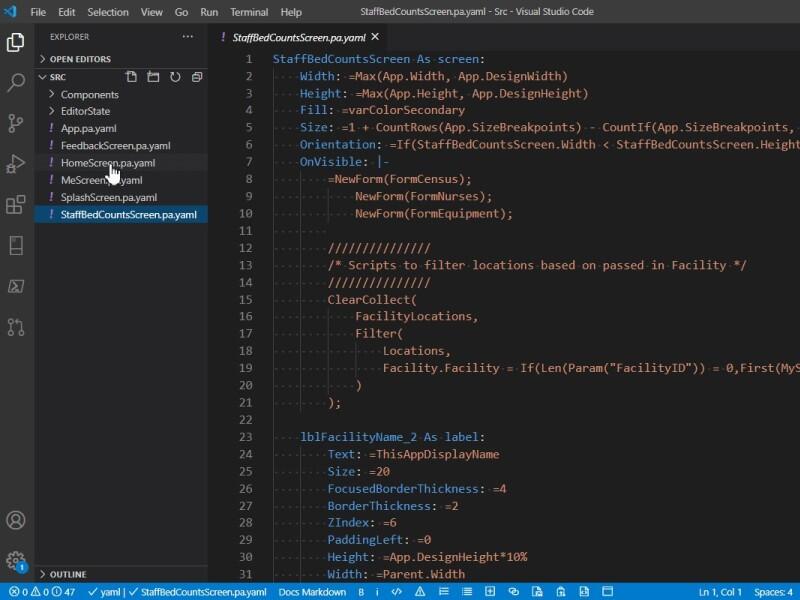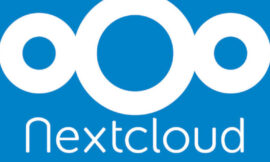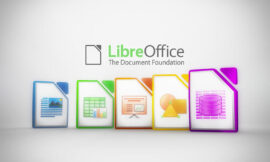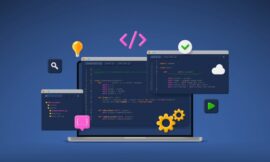Microsoft Power Fx is an open-source programming language that hopes to make coding as straightforward as building a spreadsheet.
” data-credit=”Image: Microsoft”>
Microsoft Power Fx is an open-source formula language for low-code applications, based on Microsoft Excel.
Image: Microsoft
Microsoft has introduced Power Fx, an open-source, low-code language built on the foundation of Microsoft Excel.
Power Fx is the new language for expressing logic across the Microsoft Power Platform . It’s not so much a brand-new programming language as it is the new name for the formula language for Microsoft’s so-called canvas apps.
SEE: Top 5 programming languages for systems admins to learn (free PDF) (TechRepublic)
Power Fx is described by Microsoft as a general-purpose, strong-typed, declarative, and functional programming language. It shares the same syntax and functions as Excel, with Microsoft explaining that Power Fx behaves much in the same way its popular spreadsheet application handles formulas.
This concept is at the core Power Fx: to make programming apps as easy as building a spreadsheet in Excel. Instead of having to grapple with multiple pieces of code, Power Fx leverages formulas, which are declarative and immediately recalculate as code is updated. This means any errors are detected and highlighted immediately and don’t interfere with the rest of the code.
Announcing the language at Microsoft Ignite on March 2, Ryan Cunningham, Microsoft’s product management director for Power Apps, said: “Using formulas that are already familiar to hundreds of millions of users, Power Fx allows a broad range of people to bring skills they already know to low code solutions. Power Fx becomes a common ground for business users and professional developers alike to express logic and solve problems.”
Microsoft plans to expand Power Fx throughout the Power Platform over the next two years, including model-driven Power Apps, Microsoft Dataverse and Power Virtual Agents, Microsoft’s low-code chatbot platform. Developers will also be able to use it to directly edit apps in text editors like Visual Studio Code.
The language will sit alongside Power BI’s existing M and DAX programming languages, with principal program manager, Greg Lindhorst, explaining that all three serve different purposes and can, therefore, coexist peacefully
SEE: Microsoft Ignite: Intelligent speakers and new features announced for Microsoft Teams
“M and DAX focus on reading, shaping, joining, and summarizing large amounts of data, while Power Fx focuses on reading and writing smaller sets of relational data,” Lindhorst explained.
Power Fx will also be used within Power Automate Desktop, Microsoft’s workflow automation tool. This is now being made available to all Windows 10 users free of charge.
“With Power Fx, we can amplify the impact of developers by many multiples over the same time horizon. By offering citizen developers a familiar and approachable way to express logic, we’re dramatically expanding who can build sophisticated solutions,” said Cunningham.
“By delivering Power Fx with the tools a professional expects, including the ability to directly edit apps in text editors like Visual Studio Code and use source control, we’re making it possible for developers to go faster and find common ground with millions of makers.”
Also see
Source of Article



